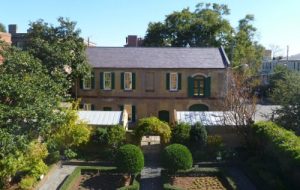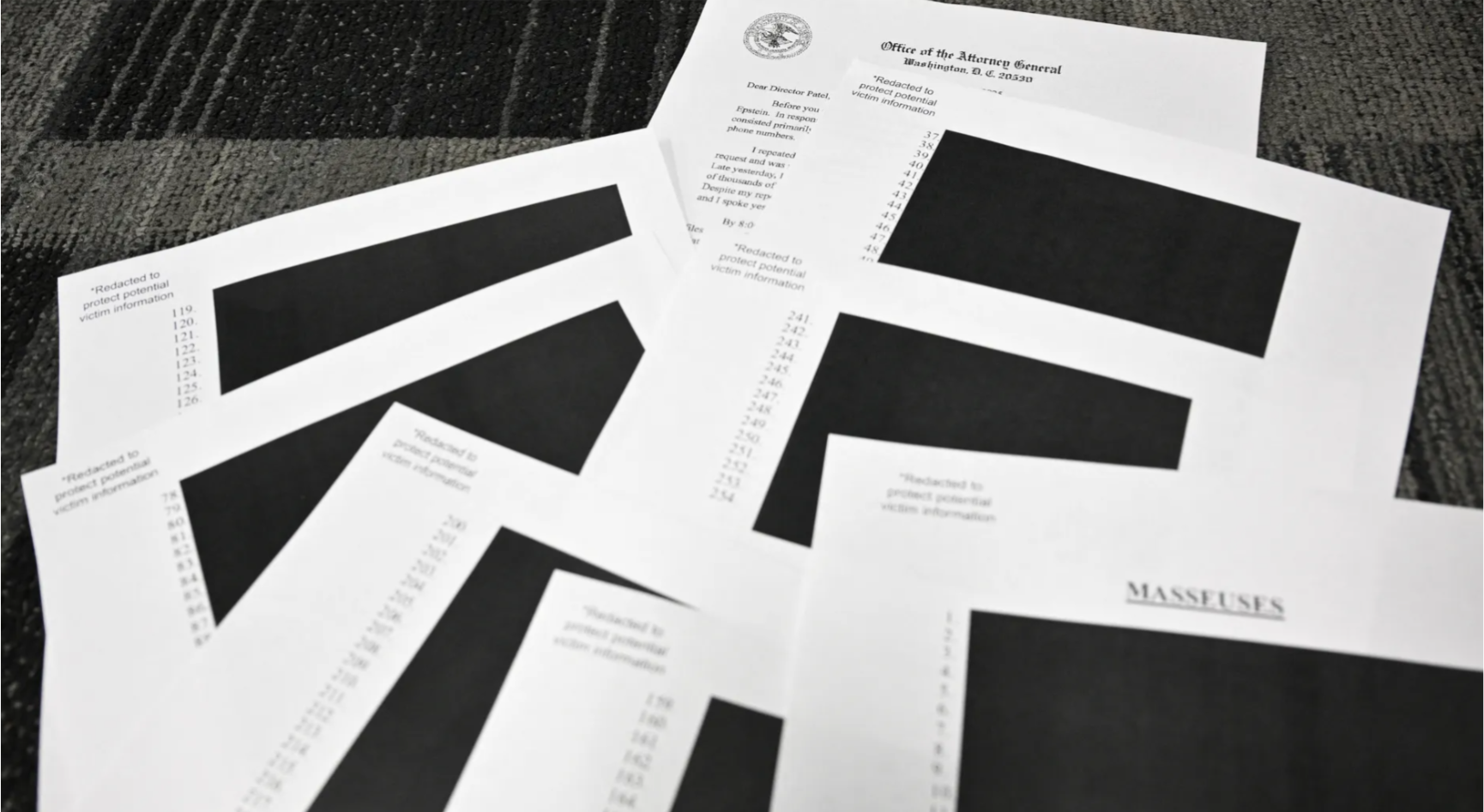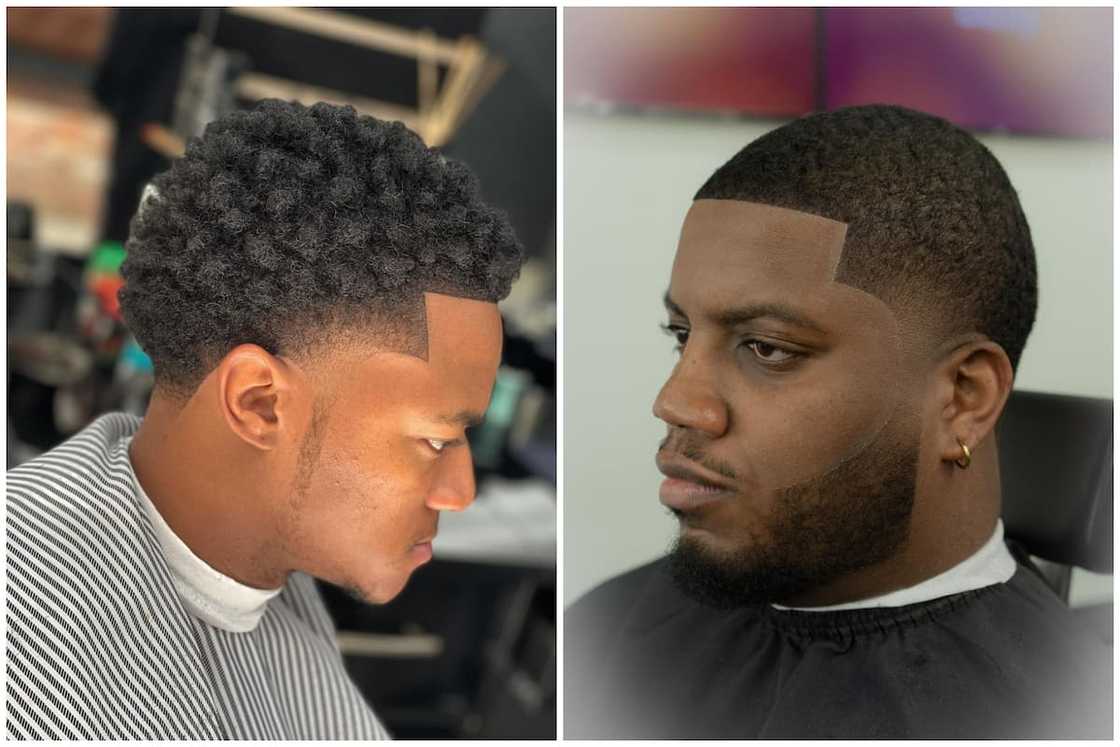(ThyBlackMan.com) This fall, Telfair Museums presents the conclusion of the next major phase of work for its award-winning Slavery and Freedom in Savannah project, which transforms the Owens-Thomas House & Slave Quarters’ working cellar, carriage house, and slave quarters with new exhibits and narratives. The project will be revealed at a free community opening day on November 17, 2018.
In the 1990s, restoration work focused on conserving the Owens-Thomas House’s original slave quarters, which has brought national prominence to the museum as an important site for interpreting African-American history and culture in the South. In the most recent decade, staff has worked to preserve the house’s original working cellar.
During this time, the museum staff and academic consultants have researched the lives of the many enslaved men, women, and children who lived and worked in these spaces to incorporate their stories into a new, more complete historical narrative.
Through the lens of a National Historic Landmark site, this project explores how the most powerful and least powerful people in Savannah lived together in the 1820s-1830s, providing audiences with a broader understanding of how slavery impacted urban life in and beyond the home, and how it affected young and old, black and white, enslaved and free. Visitors also will be able to explore topics of historic preservation, domestic technology, and more through interactive learning galleries and interpreter-guided tours.
Enslaved People
The experiences of enslaved men, women, and children are essential to fully understanding the workings of a site like the Owens-Thomas House & Slave Quarters. They built and maintained the house, cooked the food, cared for the horses, raised the children, drove the carriage, and did the shopping. Meanwhile, two of the property’s primary owners derived their wealth from the institution of slavery: Most of Richard Richardson’s wealth originated with the domestic slave trade, while George Owens derived most of his money from the hundreds of enslaved laborers on his plantations.
Perhaps the greatest problem in the interpretation of urban slavery is that it is minimized— the slaves and their lives are lost in comparison with the grand house, the fine furnishings, and the political and commercial importance of the owners. Often overlooked is that without the labor and blood of African American slaves, the wealth and prestige of the owners would not exist, and this is explored in the new interpretation at the site. Through a simple and honest presentation of their stories, these “invisible people” are given a voice and inform the public of what life was truly like in antebellum Savannah.
Between eight and 14 enslaved people lived and worked at the Owens-Thomas House & Slave Quarters from 1819 to the end of the Civil War at any given time, half of them children. In contrast to the rich documentary material related to the white members of the Owens household, there is remarkably little written about the lives of these men, women, and children who played a vital role in the maintenance of the household and who were critical to the comfort and well-being of the white family for whom they cooked, cleaned, gardened, shopped, and cared.
The relative anonymity of the Owens family slaves is typical, of course, for like most enslaved people throughout the South, they left no written record. This is, in part, due to an 1839 ordinance prohibiting anyone (black or white) from teaching free African Americans and slaves to read and write. While some slaves still managed to receive an education, the Owens’ slaves appear to have remained illiterate, as indicated in the 1870 Census describing the literacy status of former slaves.
The stories of many of these people have been lost to history, and the little surviving information comes from Census records, family correspondence, legal documents, tax records, wills, and inventories. Together, though, these documents show an ambivalent relationship held by the Owens family toward their slaves.
The most profound testimony to the existence of these people comes in the form of property lists prepared on the occasion of the deaths of the Owens men, itemizing the contents of the deceased man’s city dwelling, plantations, and other properties. There, starkly written, are the names of the men, women, and children whose entire lives were spent as enslaved property.
The stories that will be told of Emma, the Owens’ nanny; Diane, the Owens’ cook; and Peter, the Owens’ butler, offer the opportunity to consider how enslaved and free people lived, worked, and interacted on a day-to-day basis.
The Visitor Experience at the Owens-Thomas House & Slave Quarters
Orientation Gallery (Carriage House)
Telfair Museums has converted the conserved carriage house into a state-of-the-art visitor orientation gallery where visitors will begin their tours (moving this activity out of the slave quarters). The orientation gallery will introduce visitors to relevant themes and ideas that they will experience on the tour and will feature unique installations such as an interactive touchscreen map of historic Savannah; a timeline exploring the history of the house within a national context; a documentary on the Marquis de Lafayette; and commemoration of the hundreds of enslaved people bought and sold by Richard Richardson and held in bondage on George Owens’ plantations.
Reinterpreted Slave Quarters
Previously, the Owens-Thomas House slave quarters was used as an area for visitors to await the beginning of tours. This arrangement created the illusion that this space was less valued than the main house. The interpretation of this space—recognized as one of the best-preserved urban slave quarters in the South—will bring new awareness to an important piece of American history.
The slave quarters also feature the largest example of haint blue painting known to exist in America. Haint blue paint, created by mixing indigo, lime, and buttermilk, was believed to have spiritual properties in many African cultures, such as the ability to ward off evil spirits. In nineteenth-century America, the paint-was used on ceilings, around doors or windows, and even behind or under furnishings to prevent evil spirits from entering.
Main House Working Cellar
Central to the project are new educational exhibits in the main house working cellar, which will invite visitors to experience the Owens-Thomas House in a whole new way. This space will feature digital projections of enslaved workers, replica artifacts that can be touched and used, a discovery cabinet, a preservation/restoration exhibition, and interactive documents written by people associated with the Owens-Thomas House, among many other exhibits. This innovative gallery will give all visitors a richer, more tangible experience of the home and its history.
The newly modified tour route will take visitors from the slave quarters into the main house, and then end their tours in the basement of the main house, where they will have the opportunity to view the original kitchen, laundry, bathing room, cistern, and cellar at their own pace. Interpretive staff will be on hand to answer questions on a variety of topics relevant to the house, including historic preservation, decorative arts, Lafayette’s visit, and urban slavery.
The tour also provides an exploration of the home’s remarkable features, including one of the nation’s earliest system of indoor plumbing, an indoor bridge, and the balcony from which Lafayette is said to have addressed a crowd of locals in 1825, as well as insight about how each room was used in that time and by whom.
History of the Owens-Thomas House
Designed by British architect William Jay, the Owens-Thomas House was a technological marvel in the 19th century, featuring one of the country’s first indoor plumbing systems, even pre-dating that of the White House. The home features a columned entrance portico, handsome cast iron balcony, winding double staircase, and an indoor bridge. The interior boasts a magnificent staircase of mahogany, cast iron, and brass, as well as elegant furnishings. The walls of the home and garden are built of tabby, a regional material made of sand, shells, and lime.
The 200-year-old house, completed in 1819, was originally built for Richard Richardson, a Bermuda-born banker, merchant, and slave trader. Richardson’s brother-in-law was married to the architect’s sister, Anne Jay. Richardson suffered financial setbacks a short while after the home was completed and sold the house to relocate to New Orleans three years later. Mary Maxwell operated an elegant lodging house here for six years. One of her most famous guests was Revolutionary War hero the Marquis de Lafayette, who visited Savannah in 1825. It is said that he reviewed Savannah’s militia from the south balcony of the house and addressed a multitude of cheering citizens who gathered below.
The house was then purchased in 1830 by George Welshman Owens, a wealthy planter, lawyer, and politician. Owens moved in with his wife, Sarah, six children, and nine slaves. By 1840, 14 enslaved people resided on the property—including Emma and Kate, the enslaved nannies tasked with raising the Owens’ children; Diane, the enslaved cook, who worked to provide meals for everyone on the property; and Fanny, an enslaved child.
In 1951, George Owens’ granddaughter, Margaret Gray Thomas, donated the family home to Telfair Museums to become the first house museum in the city. Now a National Historic Landmark, the property boasts a carefully curated mansion with a formal parterre garden, an original carriage house, and the only intact urban slave quarters open to the public in Savannah.
Funding for the project
The $1 million conservation and reinterpretation efforts were supported by a $250,000 grant from the National Endowment for the Humanities. Additional investment funding comes from the from the Hodge Foundation, the City of Savannah, the Georgia Council for the Arts and the generous support of local donors.
Public Unveiling:
Owens-Thomas House and Slave Quarters Free Community Day
November 17 – 1pm–4pm
Telfair invites the local community to participate in the unveiling of new interpretive exhibits at the Owens-Thomas House and Slave Quarters. Enjoy an afternoon filled with live music from local musicians, a sampling of local cuisine and a display of regional crafts and trades. Light refreshments and beverages will be served throughout the event.
Contacts:
Vicki Scharfberg
Director of Marketing and PR
912.790.8890
Haley Clement
Marketing and PR Coordinator
912.790. 8837
About Telfair Museums: Opened in 1886, Telfair Museums is the oldest public art museum in the South and features a world-class art collection in the heart of Savannah’s National Historic Landmark District. The museum encompasses three sites: the Jepson Center, the Owens-Thomas House & Slave Quarters, and the Telfair Academy. For more information, call 912-790-8800 or visit www.telfair.org.

















This place should have been fire wood during the Civil War.
i was wondering if you had any information on the way they treated their slaves